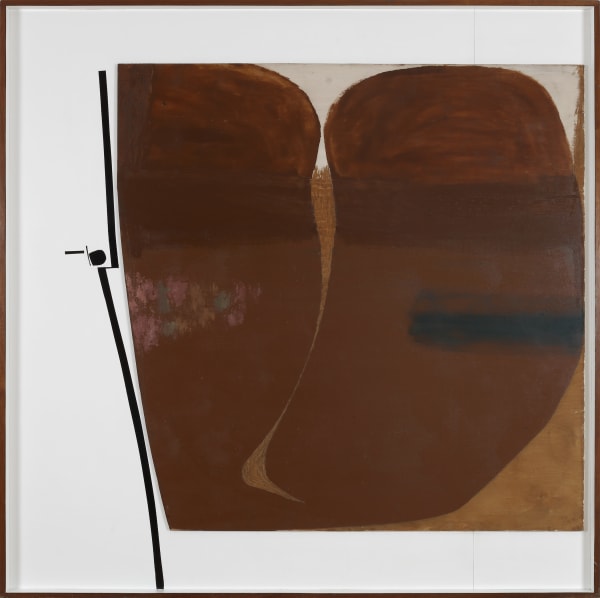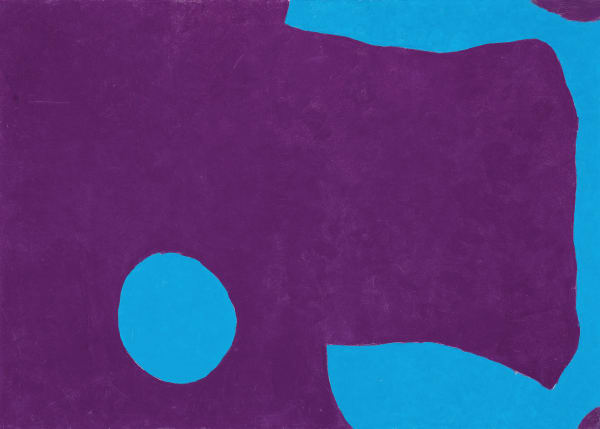-
Archive
-

Pasmore | Heron
VIII São Paulo Biennial Great Britain 1965 - revisited 28 Apr 2025This exhibition of work by Patrick Heron and Victor Pasmore celebrates sixty years since they both represented Britain at the VIII São Paulo Biennial in 1965. The Biennial was a... -

Gary Hume
THIS WAY / THAT WAY: Paintings from the 90sIn 1999 Gary Hume was selected by the British Council to represent Britain at the 48th Venice Biennale. Twenty-five years on, and to mark this occasion, Hazlitt Holland-Hibbert are presenting... -

Euan Uglow
In 1974 Catherine Lampert organised the first major touring retrospective of Euan Uglow’s work for the Arts Council of Great Britain. Fifty years on, Lampert has curated this exhibition to... -

Maggi Hambling
MaelstromMaelstrom comprises a new series of paintings by Maggi Hambling, made on her return to the studio following a near-fatal heart attack in New York in March 2022, two days... -

Bridget Riley: Curve Paintings
TEFAF New York 2023 -

Frank Auerbach
Twenty Self-PortraitsFeaturing nine paintings and eleven drawings that date from 2017 to the present day, Hazlitt Holland-Hibbert in collaboration with Frankie Rossi Art Projects present the first ever exhibition of self-portraits... -

Richard Smith
Shaped Canvases 1966-1972An introduction to the second solo exhibition of work by Richard Smith (1931-2016) at Hazlitt Holland-Hibbert, focusing on the monumental shaped canvases made by the British abstract artist from the... -

Lucian Freud: Interior Life
An interview with David DawsonFilmed on the occasion of Hazlitt Holland-Hibbert's exhibition 'Lucian Freud: Interior Life' to celebrate the centenary of Freud's birth, David Dawson explores the life and work of the artist with... -

Patrick Heron
The Colour of Colour: Paintings 1965-1977Produced on the occasion of Hazlitt Holland-Hibbert's first solo exhibition of work by the British artist Patrick Heron since the gallery announced its representation of the artist’s estate in 2020.... -

Howard Hodgkin
Memories: Paintings 1978-1999This exhibition is devoted to the art of Howard Hodgkin (1932-2017), who is widely regarded as one of the leading British painters of the last fifty years. Described by the... -

Barbara Hepworth
Curved Stone with Yellow (1946)
-










